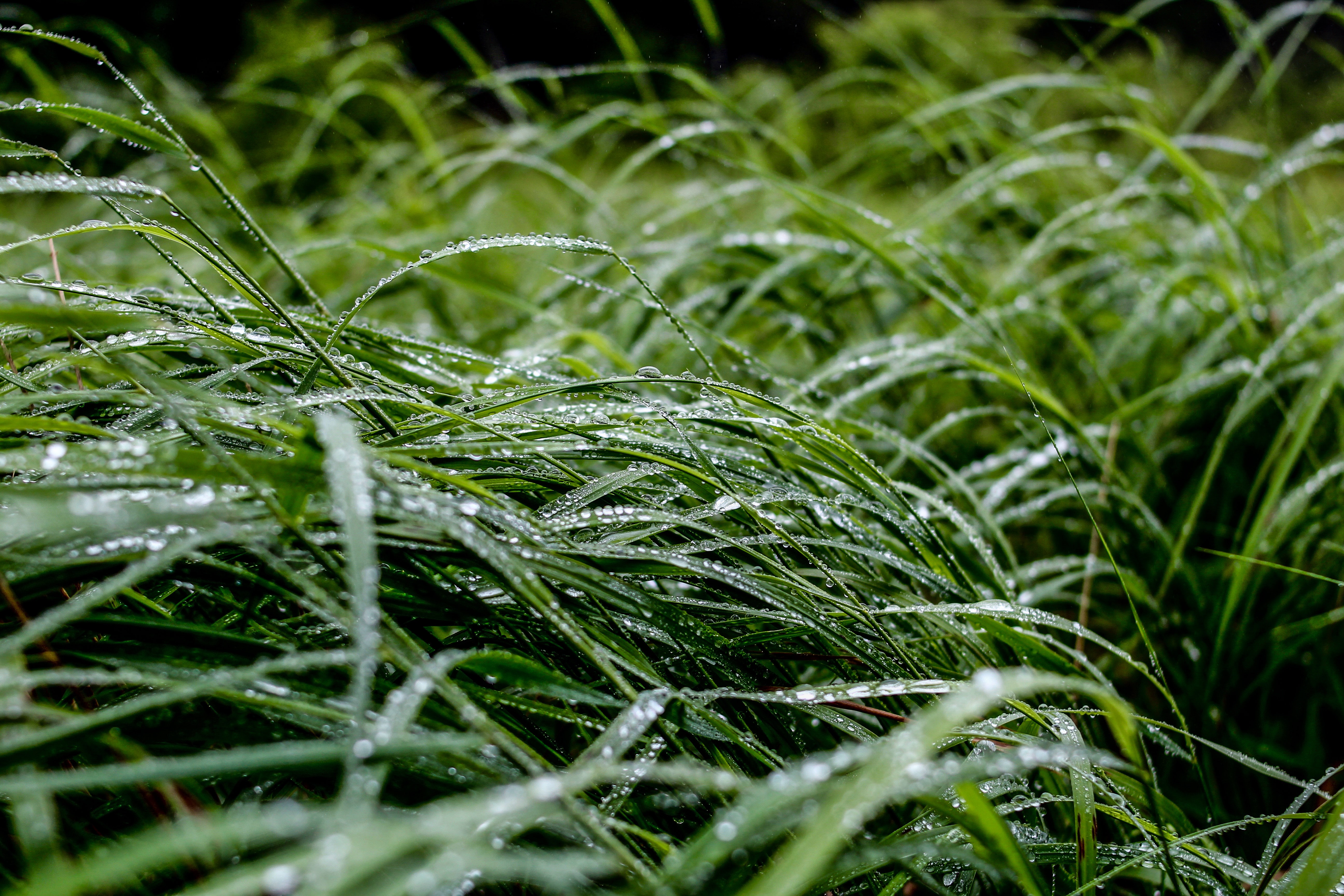Media release
From: Springer NatureEcology: Soil bacteria emit smells to attract animals
Distinct odours emitted from a group of soil bacteria attract animals to help spread the bacteria around their environment, according to a study published this week in Nature Microbiology.
Bacteria make many volatile compounds that can be sensed by larger organisms, including humans.Streptomyces, a group of bacteria commonly present in soil, produce geosmin, an organic compound that has the distinct ‘earthy’ flavour and smell characteristic of soil after it rains. However, the reason why bacteria produce geosmin is unknown.
Klas Flärdh and colleagues used a combination of field and laboratory experiments to examine whether the smell of Streptomyces might attract animals that live in the soil, particularly arthropods. Using a network of field traps with Streptomyces as bait, the authors found that springtails — small, wingless arthropods that are closely related to insects — were attracted to the bacteria. In laboratory experiments, the authors observed that springtails can directly sense geosmin with their antennae. They also noted that as the animals fed on the bacteria, bacterial spores adhered to the animals’ bodies. The springtails subsequently dispersed the spores around their environment both by their body surface and by defecation of ingested spores.
The authors suggest that these observations demonstrate an ecological role for such bacterial-derived smells in attracting animals that then disperse the bacteria to the wider environment.


